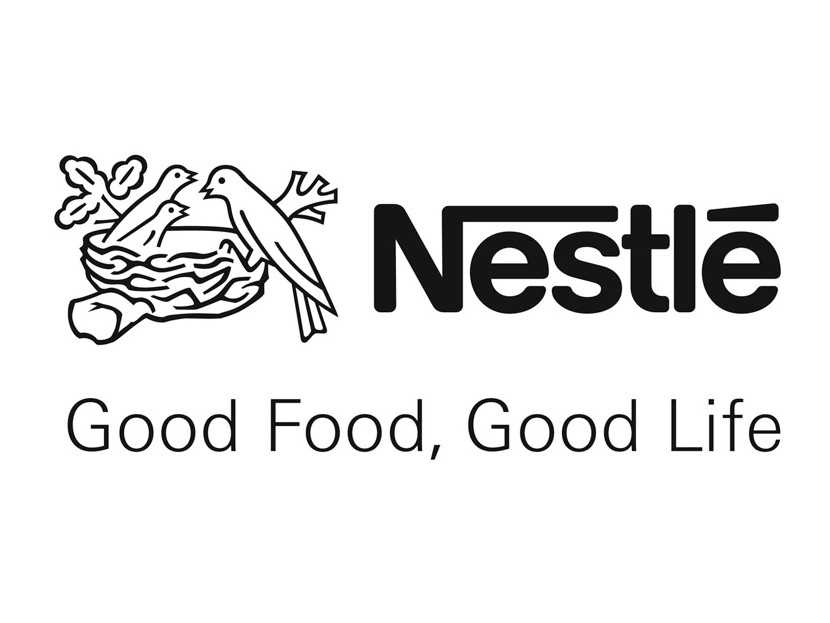SYDNEY, Australia – Favourite Aussie brands including KitKat, Milo, Allen’s, Nescafé, Uncle Tobys and Purina pet food will now be made at factories where 100% of the electricity is sourced from wind power: the move comes as Nestlé Australia announces it is now switching to 100% renewable electricity, four years ahead of its global target of 2025.
The company has partnered with CWP Renewables to make its first renewable power purchase agreement (PPA), bringing the company one step closer to reducing its net emissions by 50% by 2030 and achieving net zero by 2050.
The 10-year agreement covers Nestlé’s six Australian factories, two distribution centres, three corporate offices, 20 retail boutiques, and laboratory.
CWP Renewables’ Crudine Ridge and Sapphire wind farms in NSW will generate enough electricity to cover the electricity used across Nestlé’s sites each year – the equivalent of powering approximately 19,000¹ households per year.
The switch to 100% renewable electricity in Australia will mean Nestlé will avoid around 73,000² tonnes of carbon emissions each year.
Nestlé Oceania CEO Sandra Martinez said, “Achieving our sustainability commitments as we progress towards 2050 can’t wait – and neither can we. I am proud that we’ve been able to accelerate switching to 100% renewable electricity for our sites, but there’s still more to be done. This is one more step on our roadmap.”
“This means that when Aussies are enjoying Nestlé products made in our Australian factories, they can do so knowing that it is made by electricity that has been renewably sourced.”
“This builds on the work we are already doing to rethink our packaging, build sustainable supply chains, drive carbon neutral brands and transform our product portfolio with more plant-based foods and drinks.”
CWP Renewables CEO Jason Willoughby said, “I commend Nestlé Australia for leading the way in the transition to 100% renewable electricity. We’re proud to be able to meet all their clean electricity needs in Australia.”
“Through this PPA, Nestlé will also be supporting critical regional investment, with our Crudine and Sapphire wind farms providing around 20 local operations jobs, plus more across maintenance, and more than $8.55M in community benefit funding throughout the life of the farms.”
Greenpeace Australia Pacific CEO David Ritter said, “Nestlé is one of the biggest energy-using companies in the country, and it’s important to see the company taking a tangible step to shift to 100% renewable electricity with a major power purchase.
“The corporate momentum around the energy transition is building, and while companies like Nestlé have much work ahead of them to become sustainable, this is a step in the right direction.”
The move to source 100% certified renewable electricity is just one of a number of ambitious sustainability targets across the board as part of Nestlé’s Net Zero Roadmap, its time bound plan to achieve net zero.
As well as the move to 100% renewable electricity, progress in Australia against the plan includes:
Transforming its product portfolio: introducing plant-based foods and drinks, including Milo Plant-Based Energy, Uncle Tobys Oat Milk range and the vegan KitKat V.
Driving carbon neutral brands: committing to achieving carbon neutrality for Nespresso by the end of 2022, and KitKat by end of 2025.
Transforming packaging: driving a commitment to make 100% of its packaging recyclable or reusable by 2025 and reducing our use of virgin plastics. This includes Smarties becoming the first global confectionery brand to use paper across its range; introducing recyclable packaging for all Maggi recipe bases; and reducing the amount of plastic used in Purina Petcare accessories by removing 16.7 tonnes of non-recyclable or unnecessary plastic each year.
Nestlé’s Net Zero Roadmap is available here.
Ernst & Young was Nestlé Australia’s lead commercial and financial adviser on the transaction.
¹ Energy Consumption Programs 2017, table 3.6, p26 (ex NT) – 5466.50KWh avg annual household electricity
² Emission reductions calculated using National Greenhouse Accounts Factor, Australian National Greenhouse Accounts August 2021, Table 5; figure excludes the volume accounted for in the purchasing of LGCs in line with renewable power percentage















